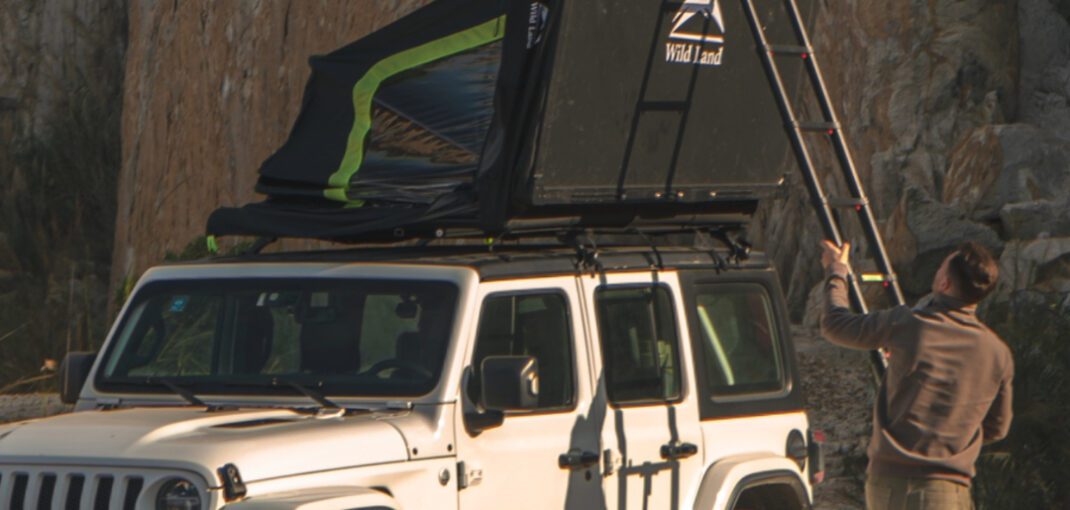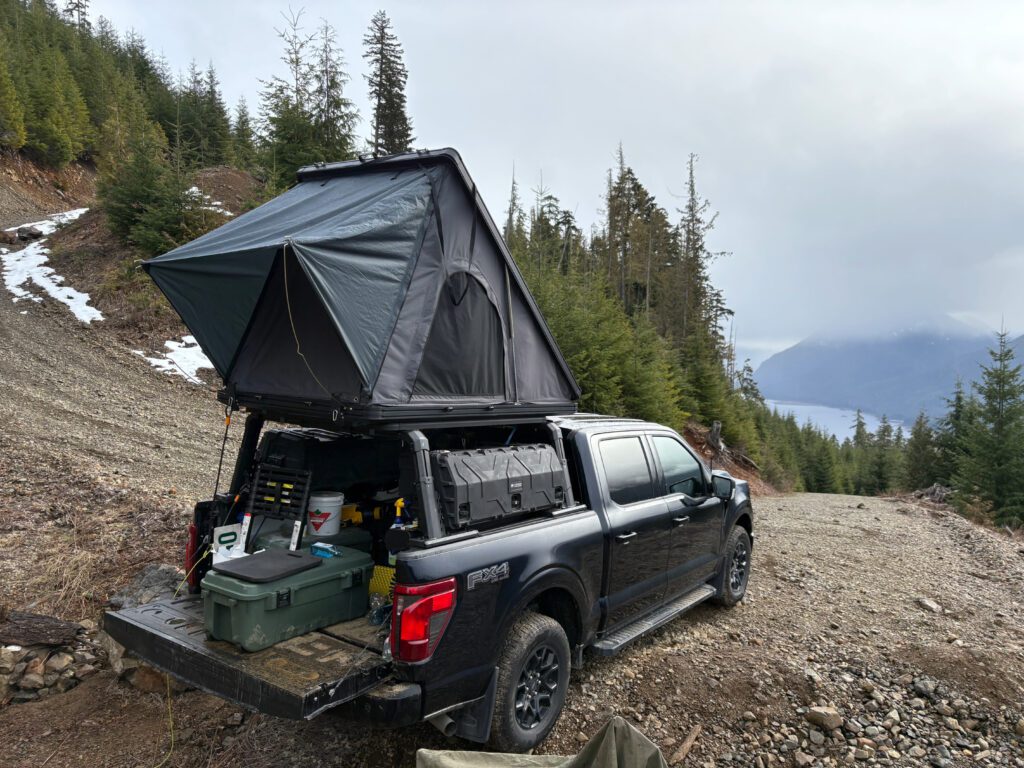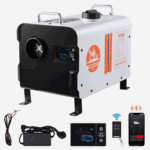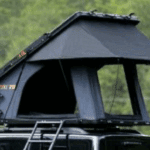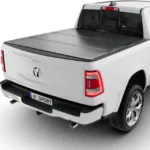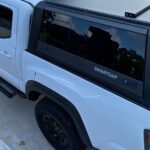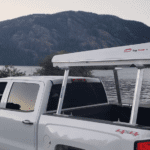Thinking about a roof top tent (RTT)? Good. They’re fast, comfy, and turn your vehicle into a legit basecamp. Below is the no-nonsense guide we give customers every week, what they do well, what to watch for, and how to choose the right setup for your vehicle and trips.
How roof top tents actually work
An RTT bolts to your crossbars or platform rack with U-bolts or clamps. At camp, you unlatch the shell (hard-shell) or unfold the base (soft-shell), drop the ladder, and you’re done, the mattress lives inside. Pack-down is the reverse. The big win is speed and consistency: same flat, clean sleeping surface every time.
Are roof top tents safe?
YWhen mounted to a rack that meets your vehicle’s dynamic load rating (the number that matters while driving). Use a quality rack (aftermarket beats cosmetic factory rails), set a proper bar spread, torque the hardware, and re-check bolts after the first few drives or a rough weekend. Unsafe = weak rails, bad mounts, or ignoring ratings.
Are roof top tents safe from bears?
Safer than a ground tent. Being elevated makes you harder to access and less interesting to a bear cruising a campground. Still not bear-proof: keep all food and scented items out of the tent, cook away from camp, use lockers/canisters where provided, and carry spray where legal.
Are they comfortable?
Most RTTs ship with a 2–3″ foam mattress on a flat platform, way better than a thin ground pad. If you want plush, add a mattress topper and call it a day. Good ventilation and a level vehicle matter more than people think.
How fast can I drive with one?
Keep it sensible, around ≤ 120 km/h (75 mph) is the common rule of thumb. Slow down in gusty wind, make sure covers/zips/latches are fully closed, and stop if you hear anything odd. An RTT adds frontal area; your fuel economy will dip.
How are they supported?
Your rack is the limiter, not the tent. The tent’s mounting channels clamp to your crossbars/platform; fold-out models also use the ladder to transfer load to the ground, while many hard-shells are self-supporting when open. Match bar spread to the tent’s mounting rails (usually 24–40″).
Do they work on SUVs and trucks?
SUVs: Totally fine with a real rack and correct bar spread. Pair smaller SUVs with lighter, shorter tents to keep handling happy.
Trucks: A dedicated bed rack or platform rack is ideal. It keeps weight lower than mounting up on a tall cap, improves stability, and makes annex use easier.
Tacoma-specific notes
Tacomas do great with mid-height or full-height bed racks that clear the cab and give you 2–3 crossbars. Verify the rack’s dynamic rating and your tent’s mounting rail orientation. It’s a super common setup; we’ve done piles of them.
Are roof top tents worth it?
If you value speed (1–3 minutes for hard-shells, ~5–10 for soft-shells), off-ground sleeping, and a built-in mattress—yes. Trade-offs: higher upfront cost, added wind drag, and you must respect rack/vehicle ratings. Frequent weekenders and road-trippers love them. If you camp once a year, a solid ground tent might be smarter.
Can I store bedding in the tent?
Usually yes, sleeping bags, pillows, light duvet. Don’t overstuff, and always close it dry. If you pack in the rain, open and dry it as soon as you can to avoid mildew and funk.
3-season vs 4-season
Most RTTs are 3-season. For shoulder seasons or winter, look for sturdier fabric, a tighter pole/frame design, and optional insulation liners. Ventilation fights condensation, crack vents even when it’s cold.
Annex rooms and stargazing roofs
Annexes zip to the tent base to create a standing room for changing, kids, dogs, or gear. Make sure the annex height matches your rack height. For summer nights, look for roof skylights or big mesh panels under a roll-back fly, great airflow and you can actually see the sky.
Solar panels with an RTT
Mount solar to the rack/platform near the tent rather than on the tent lid. Keep panel weight modest, leave clearance for the tent to open, and route cables so nothing rubs the fabric.
Basic maintenance (so it lasts)
Brush off dust and rinse after dirty trips; mild soap only.
Air-dry fully before storage.
Lube zippers, check/retorque mounting hardware.
Re-treat the fly with DWR if water stops beading.
Quick buyer’s checklist
Vehicle & rack ratings: Dynamic ≥ tent weight; static covers people + gear when parked.
Bar spread: Match the tent’s mounting rails.
Weight & size: Lighter/shorter for small SUVs; larger for trucks and families.
Setup speed: Hard-shell (fast) vs soft-shell (roomy + annexes).
Add-ons: Annex height match, insulation liner options, ladder length, shoe bags, etc.
Ar RoofTopTentse install, use, and service RTTs weekly, SUVs, Tacomas, half-tons, full-sizes, you name it. If you want straight answers on fitment and which model matches your trips, we’ve got you.
Have questions or want to see if a roof top tent fits your vehicle and camping style?
Call +1-250-740-1844 or email info@rooftoptents.ca.
We’re based in Nanaimo, Vancouver Island and happy to help you dial your setup.

